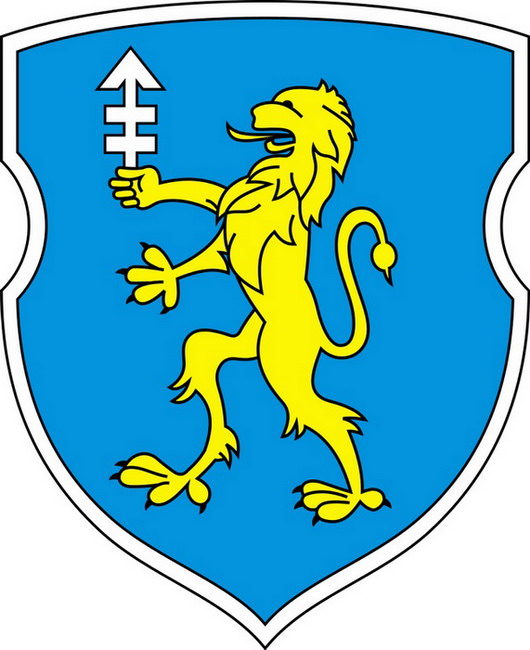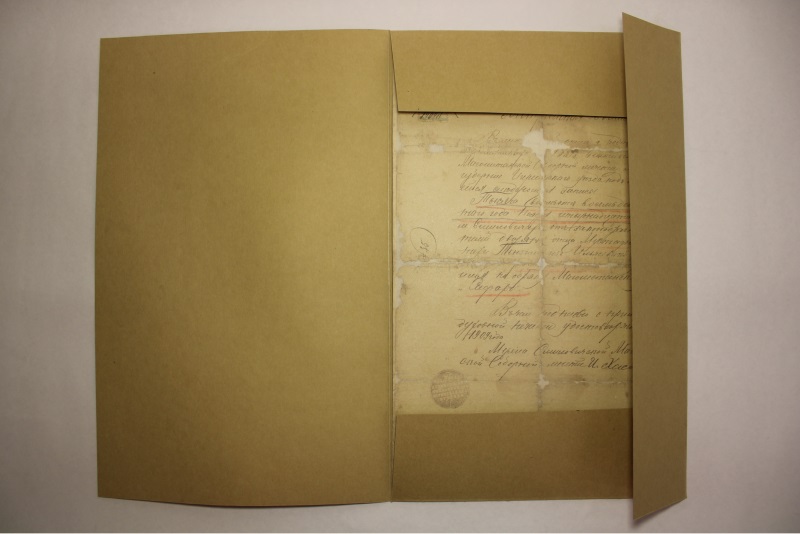As one of Belarus' oldest and most stunning cities with a long and magnificent history as well as rich cultural traditions, Slonim celebrated its 770th anniversary in 2022.
Slonim is the administrative center of the Slonim district of the Grodno region. The city was founded in ancient times on the Shchara River, on one of the main routes from Russia to the Baltic States and Western Europe. Slonim was originally mentioned in the Ipatiev chronicle in 1252 under the names Uslonim, Vaslonim, and Vslonim. It was mentioned about the Galician-Volhynian dukes’ hostility in relation to Mindaugas, the Grand Duke of Lithuania. According to archaeological findings, there were two fortified villages on both banks of the Shchara River on the site of present-day Slonim in the 11th century. These settlements may have provided the inspiration for the city's current name (from the Slavic word "barrier").
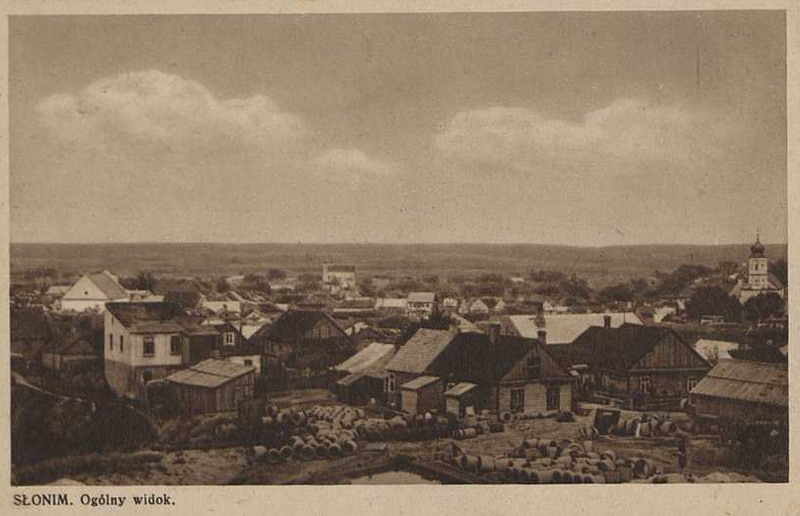
Slonim was a prominent military-administrative and craft-trading hub thanks to its advantageous location, which was dominated by the Upper Castle on the left bank of the Shchara River. In the second half of the 13th century, Slonim became part of the Grand Duchy of Lithuania and became one of the most prosperous cities within the Neman river location. The city was passed over to the Duke of Trakai Kestutis in 1345, and the Grand Duke Vytautas acquired ownership of it in 1382. Since 1413, the principality of Slonim was transformed into Slonim county, which became part of the Trakai Voivodeship of the Grand Duchy of Lithuania. In 1490, the first Roman Catholic Church was built in the city (the stone St Andrew's Church was built on its place in 1775).
Slonim has served as the center of the Slonim county of Novogrudok Voivodeship since 1500. The Crimean Tatars destroyed the city in 1506, and the old fortress was no longer reconstructed. Slonim has been the hub of the Slonim powiat since 1508. In 1520, while Jan Nikolaevich Radziwill was a governor, new Upper Castle was built on the left bank of the Shchara River.
The city was granted Magdeburg rights in 1531 (which were revoked in 1776), and 60 years later, Sigismund III Vasa, Grand Duke of the Grand Duchy of Lithuania and King of Poland, presented the city with a coat of arms. The city and zemstvo courts have been in operation since 1556. Self-government sped up the growth of crafts and culture. More than 20 different craft specialties existed in Slonim as early as the first half of the 16th century, including tanners, carpenters, weavers, goldsmiths, and blacksmiths.
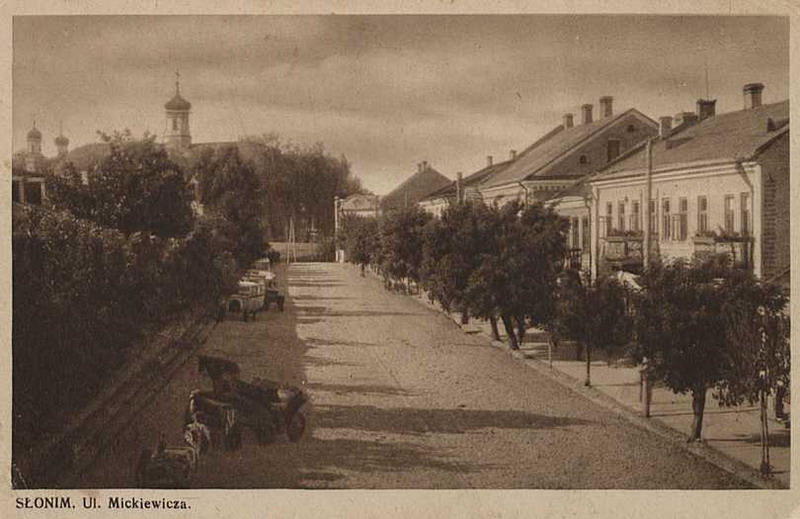
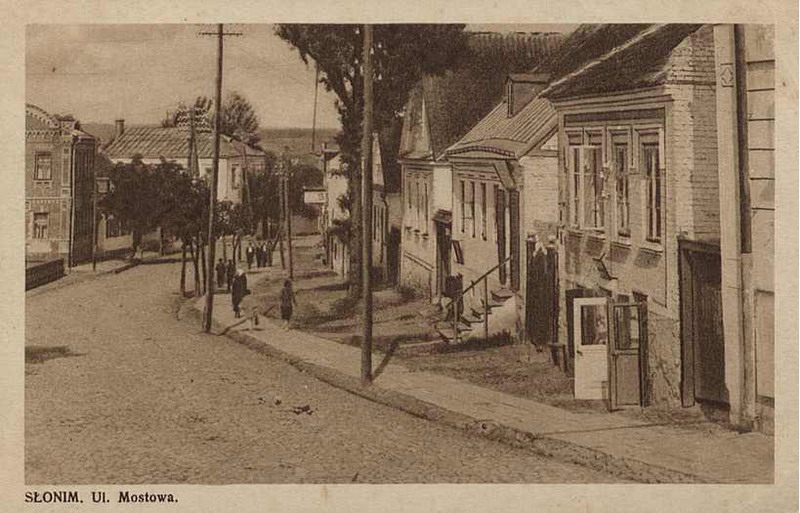
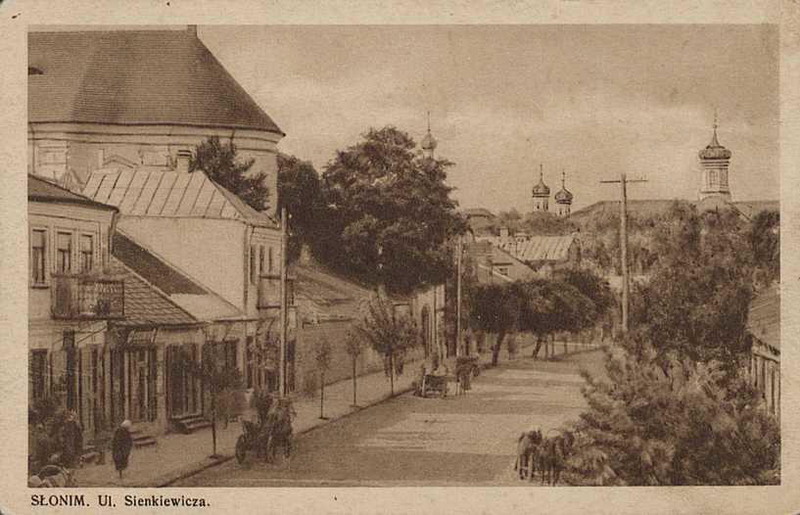
Lew Sapieha, Chancellor of the Grand Duchy of Lithuania, has owned Slonim since 1586. During this time, the city's culture, industry, and political significance have all developed under his ownership. Various industrial workshops worked there. Weaving, jewelry making, carpentry has developed. Two fairs were held annually. Sapieha constructed a palace next to the castle, which at the time housed a library and an archive, on the bank of the Shchara River, which was later given his name.
In the middle of the 18th century, a town hall was built in the center of Slonim. The establishment of regular trading led to the formation of a Market Square near the Town Hall. This gradually formed the unique historical landscape of Slonim.
The real flourishing of the city, its "golden age", is associated with the name of the Slonim starosta – the Grand Hetman of Lithuania Michal Kazimierz Oginski, a politician, philanthropist, composer and musician. At his expense, in 1767–1783 a canal was built connecting the Baltic and Black Seas through Shchara and Yaselda, making Slonim a significant river port. A pier for river vessels and businesses producing carpets and silk fabrics were constructed.
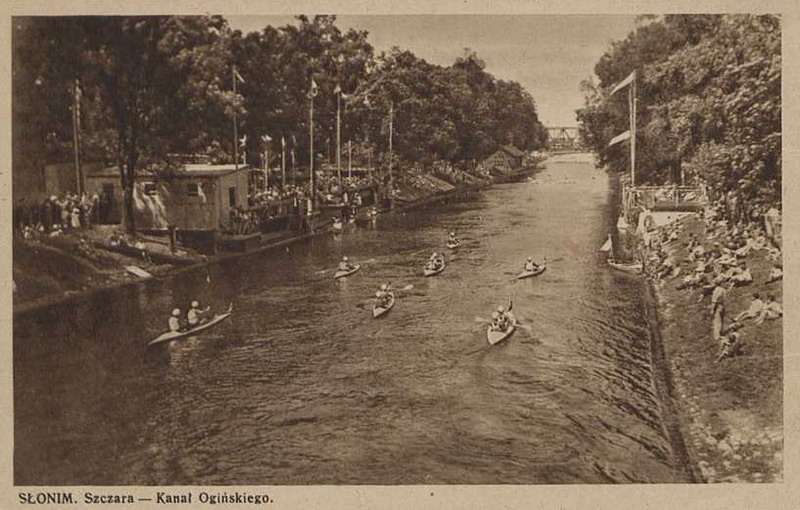
A magnificent stone palace complex with an arena, a greenhouse, a printing house, a ballet theater (chapter "On the 250th anniversary of one of the oldest theaters in Belarus"), and a chapel was constructed by the duke on the site of the Sapieh Palace. The theater company had ballet and music schools. Michal Kazimir Oginsky transformed a rural community into a vibrant centre for the arts and culture. The contemporaries gave sublime names to Slonim of that time: "Manor of the Muses", "Northern Athens" or "Polessky Athens.
Slonim had been a part of the Russian Empire since 1795, and as the district's administrative headquarters, it was included in the Grodno province in 1801. The Russian Empire's government recommenced building the Oginsky Canal in 1799, and it was navigable by 1804. The city's industrial and commercial role has increased. Wojtseh Puslowski founded the "Albertin" paper mill in 1806.
Slonim was occupied by French troops in June 1812. When the French withdrew, a combat ensued. A Russian force under the command of General E.I. Chaplits destroyed a French regiment of guard uhlans and took control of the city.
Slonim had a plant for processing honey between 1843 and 1855. The city was traversed by the Baranovichi-Bialystok railway in 1886. There was a sawmill from 1896 to 1946 and a shawl factory from 1890 to 1914, since 1913 – a blanket factory.
The city was destroyed by German forces during World War I, and Polish forces seized it in 1919–1920. Slonim has been a part of Poland since 1921, the county center, and a part of the BSSR since 1939. The Slonim factory of art products was established in 1960 on the foundation of the artel "Chyrvonaya Zara," which started operations in the same year. Slonim has been the center of the Baranovichi region since 1940. It became a part of the Grodno area in 1954 as the district's centre.
42,000 residents of the city and district were obliterated by the invaders during the Great Patriotic War. The Slonim regional anti-fascist movement was active in Slonim from November 1942 until July 1944.
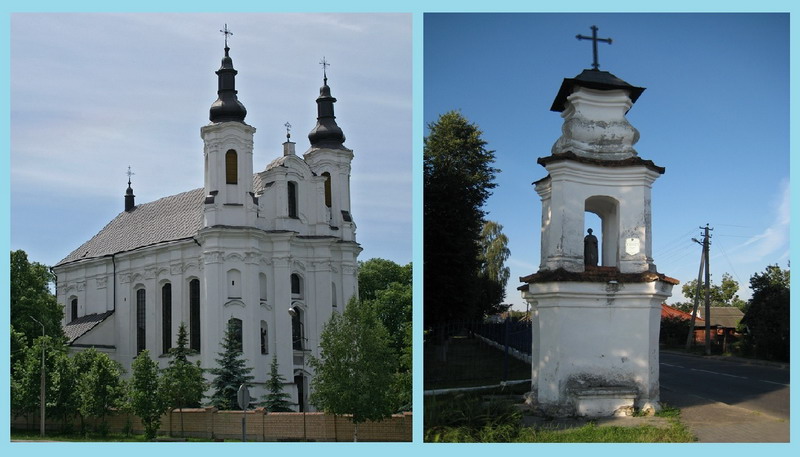
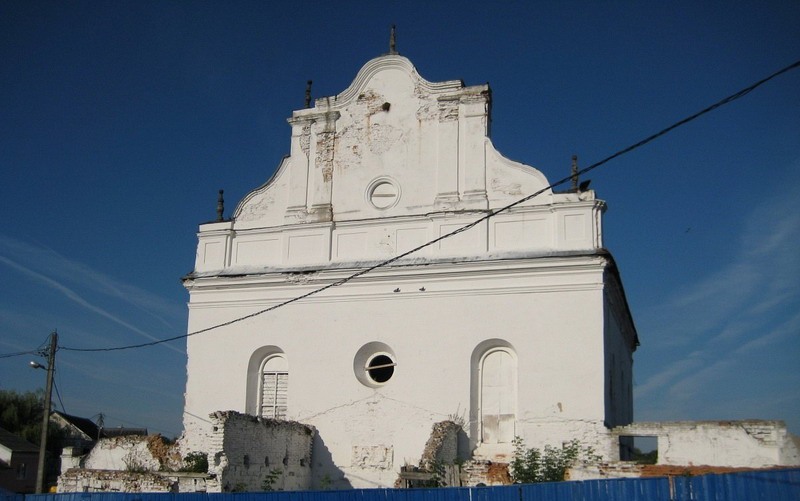
Slonim is popular today not just in Belarus. Additionally, more than 20 businesses in the fields of mechanical engineering, metalworking, furniture, pulp and paper, food, and other industries are active here. The educational potential is represented by 8 secondary schools, a gymnasium, a lyceum, a vocational college of agricultural production, a medical college, and a polytechnic vocational lyceum.
Slonim is a small homeland of many talented musicians, artists, and writers. The city has a rich cultural, sports and creative life. Such famous writers as Kondrat Leika, Anatol Ivers, Oleg Loiko, Galiash Levchik, and Mikola Arochko worked on this land. The sculptor, People's Artist of Belarus, Ivan Misko also comes from nearby Slonim. The Slonim region is proud of the famous names of Heroes of the Soviet Union Boris Tarasovich Pischikevich, Pavel Ilyich Zhdanov, Fyodor Mikhailovich Sinichkin, Hero of Socialist Labor Maria Fyodorovna Nester, holder of the Order of Labor Glory of three degrees Liubov Petrovna Kozlovskaia and others.
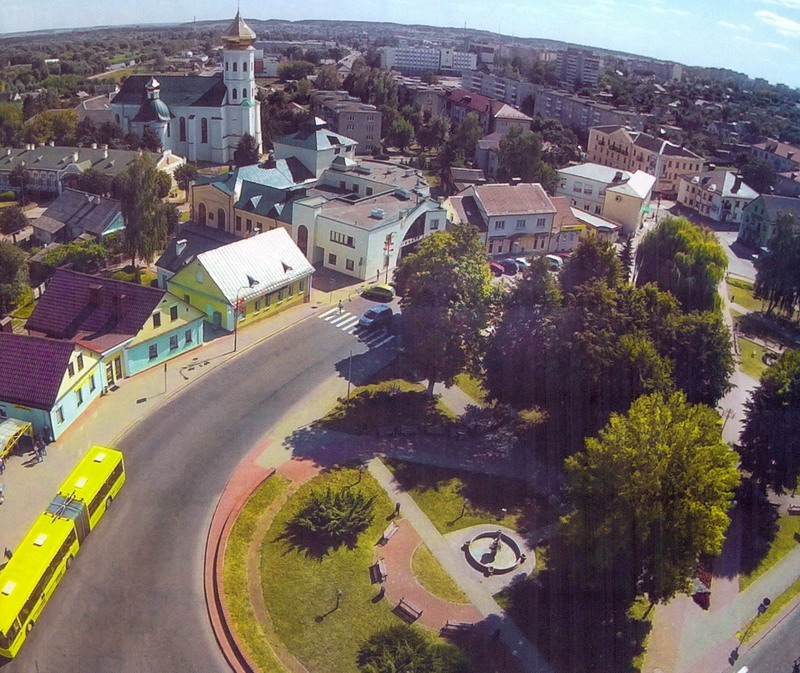
Cultural programs and excursions are offered by the following institutions: the Slonim Belarusian Drama Theater, the Slonim Regional Museum of Local Lore named after I. I. Stabrovsky, the ethnographic museum-workshop "Belarusian Place", the Slonim Regional Library named after Ya. Kolas, the book museum organized in it, etc. There is also a tourism Center, hotel "Shchara", sanatorium-preventorium "Solnechny". The city is included in interesting tourist and excursion routes: "Stone Chronicle of Ponemonya", "To the homeland of Tadeusz Kosciuszko", "Sapieh’s Archipelago", "Manors, palaces, Castles", "Slonim’s Architectural monuments". The city's “Polonez” festival is held annually and welcomes Belarusian and foreign artists. Slonim has a lot of discoveries for everyone who comes here for new experiences.
A lot of interesting information can be found in the information resources of the National Library of Belarus, referring to its electronic catalog, the online encyclopedia "Belarus in persons and events". "Slonim and the surrounding area through the prism of historical documents, legends, research”, a digital edition, which was released in 2019, dedicated to the city on the Shchara river. The CD, which contains copies of authentic documents on the history of Slonim region, bibliographic and full-text information, and various accompanying materials that testify to the rich history and cultural heritage of the Slonim land, can be purchased at the kiosk of the National Library of Belarus.
The article is prepared by the Bibliography Research Department.

